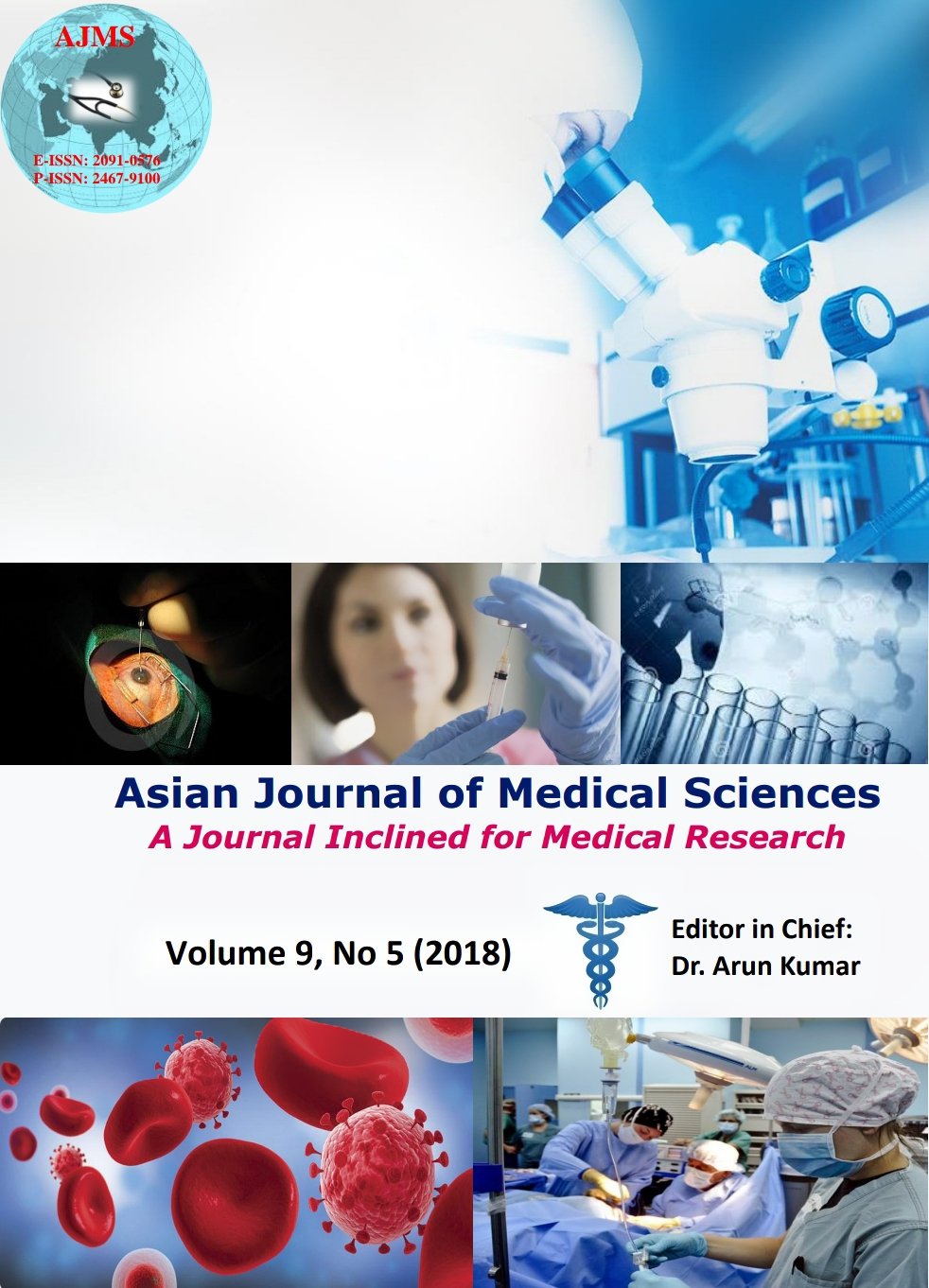Digital epidemiology and geographic mapping of G6PD deficiency: retrospective analytic of trends database existing on the surface web
Keywords:
Hemolytic anemia, Glucosephosphate dehydrogenase deficiency, Trends databases, Google trends, Retrospective studiesAbstract
Background: Glucose-6-phosphate dehydrogenase (G6PD) deficiency is an inherited X-linked recessive condition in which the body does not synthesise a sufficient quantity of the G6PD enzyme. Hemolytic anaemic episodes occur following exposure to some medications, foods, or even infections in G6PD-deficient individuals.
Aims and Objectives: To assess the digital epidemiology as well as the geographic mapping of G6PD deficiency in the world including countries of the Mediterranean basin.
Materials and Methods: This study is primarily based on a digital epidemiological analysis and geographic mapping based on data retrieved from Google Trends database, a very large database, existing on the surface web. A retrospective analysis was carried out for the period from the 22nd of March 2015 to the 24th of January 2016. Trends data will also be contrasted with a collateral data set of a cross-sectional analytic for the same period which was conducted based on the exploration of cases of G6PD deficiency admitted to Jordan University Hospital.
Results: Concerning geographic mapping, countries of the Basin of the Mediterranean Sea and the Arabian Gulf accounted for one-third of the entire geographic map at 15.66% and 18.18% respectively. Countries of the Mediterranean basin included Jordan, Italy, Lebanon, Israel, Egypt, Greece, Syria, Cyprus, Tunisia, Algeria, and Morocco. Contributing countries surrounding the Arabian Gulf included Kuwait, Kingdom of Saudi Arabia, Bahrain, Iran, United Arab Emirates, Qatar, and Iraq. The Hashemite Kingdom of Jordan contributed to 2.78% of the global map which accounted for 17.74% of the entire Mediterranean basin. Concerning digital epidemiology, the prevalence was recorded as highest during May 2015 (12.10%), August 2015 (11.17%), and November 2015 (11.28%). Concerning the percentile contribution of monthly records, data were in harmony for those cases admitted to hospital and signals recorded via Google Trends. Both datasets averaged a percentile contribution of approximately 9% per month.
Conclusion: This study is the first inferential research on G6PD deficiency based on data from a trends database and parallel data from Jordan University Hospital. Ambitious future research should deploy the use of machine learning for real-time and predictive analytics which will provide an excellent value for public health services and epidemiological studies.
Asian Journal of Medical Sciences Vol.9(5) 2018 57-61
Downloads
Downloads
Additional Files
Published
How to Cite
Issue
Section
License
Authors who publish with this journal agree to the following terms:
- The journal holds copyright and publishes the work under a Creative Commons CC-BY-NC license that permits use, distribution and reprduction in any medium, provided the original work is properly cited and is not used for commercial purposes. The journal should be recognised as the original publisher of this work.
- Authors are able to enter into separate, additional contractual arrangements for the non-exclusive distribution of the journal's published version of the work (e.g., post it to an institutional repository or publish it in a book), with an acknowledgement of its initial publication in this journal.
- Authors are permitted and encouraged to post their work online (e.g., in institutional repositories or on their website) prior to and during the submission process, as it can lead to productive exchanges, as well as earlier and greater citation of published work (See The Effect of Open Access).




